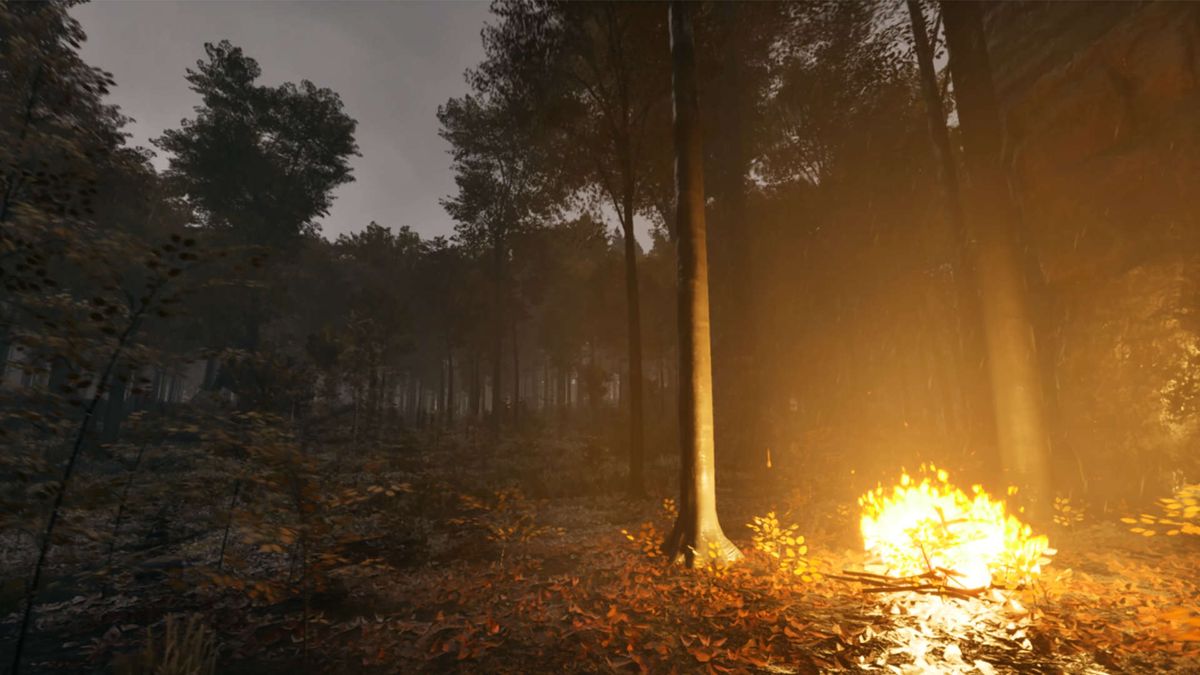
Among the mess, his family discovered more than 500 of Eric’s paintings: watercolours, for the most part, depicting working-class scenes set against backdrops of terraced streets, pubs and industry. A self-taught artist who as a young man gained a professional boxing licence, he emerges as a larger-than-life personality: over the course of the book, Eric argues vehemently, jokes relentlessly, and is unflinchingly stubborn in his views; he’s prone to colourful tales that exhibit the same loving exaggeration that characterises his artistic output. The obvious comparison in terms of subject matter is the work of LS Lowry, but Eric’s scenes are far more voluptuous – flat-cap Rabelaisian even – depicting the everyday joys observed while sitting in a bar or nightclub, sketchbook in hand.
He has something of the caricaturist in his line, paying close attention to the profile of a face: chins, noses are limned with a degree of playful overstatement and often accompanied by a pursed half-smile. He’s drawn to lines of sight: who’s staring at who. There’s a fleshiness to his depictions: characters occupy their space comfortably and never appear ill at ease.

His paintings are a compendium of characters encountered during his nights out, often spent in nearby Manchester after a day visiting the city’s galleries. As a work of biography The Secret Painter is compelling. It excavates, as much as is possible, the inner life of a man, suffering from arthritis from middle-age onwards, who lived most of his life in the family home, painting in the sanctuary of the front room.
The author examines aspects of his uncle’s life – thwarted romantic attachments, encounters with the art world that end in self-sabotage – to create a complex, multilayered portrait of an ostensibly ordinary life. The book makes well-earned points about the difficulty of working-class participation in cultural industries and, when Eric’s posthumous exhibition comes, it’s a bittersweet triumph. The real mystery of the book is why artists create with no hope of wider acknowledgment, a compulsion that to the outside world might well resemble madness.
.















